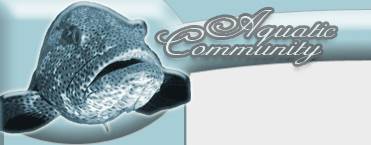Blue Whale
Blue whale classification
The Blue whale is a marine mammal belonging to the genus Balaenoptera in the family Balaenoptiidae. Its scientific name is Balaenoptera musculus. There are three recognized subspecies of Balaenoptera musculus. The subspecies named Balaenoptera musculus musculus is found in the northern parts of the Atlantic as well as in the northern parts of the Pacific Ocean. The subspecies named Balaenoptera musculus intermedia is instead native to the southern parts of the world. The third species, Balaenoptera musculus brevicauda is commonly referred to as Pygmy Blue Whale and lives in the Indian Ocean and in the southern parts of the South Pacific. If you read older texts about the Blue whale you might encounter a fourth subspecies, Balaenoptera musculus indica. Today, most Blue whale authorities does however agree that these whales belong to the subspecies Balaenoptera musculus brevicauda.
Blue whale name
The Blue whale is known by several different common names in addition to Blue whale, such as the Great Blue Whale, Sibbald's Rorqual, Great Northern Rorqual and the Sulphur-bottom whale. The second part of the Blue whale’s scientific name, musculus, can be interpreted as “muscular” as well as “little mouse” in Latin. The Blue whale was given its scientific name by Carl Linnaeus in 1785.
Blue whale food types
Blue Whales feed chiefly on krill, but research indicates that it might sometimes also swallow small fish, squid and similar animals that are accidentally caught when the Blue whale filters krill. Krill are small marine crustaceans; a shrimp-like form of zooplankton. All the various Krill species belong to the order Euphausiacea and krill are therefore sometimes referred to as Euphausiids.
Blue whales feed on a wide range of different krill species. The Blue whales living in the Northern Pacific will for instance eat a lot of Euphausia pacficia, Nyctiphanes symplex, Thysanoessa inermis, Thysanoessa longipes and Thysanoessa spinifera. A Blue whale living in the Northern Atlantic will instead feed chiefly on Meganyctiphanes norvegica, Thysanoessa inermis, Thysanoessa longicaudata and Thysanoessa raschii. Blue whales inhabiting the cold Antarctic waters are known to have Euphausia crystallorophias, Euphausia superba and Euphausia vallentni as their primary food source.
Blue whale feeding
The Blue whale feeds by taking a large amount of water into its mouth and squeezing it out through the so called baleen plates that act as filters. The water is forced out of the mouth by the Blue whale’s ventral pouch and tongue. The krill is too large to pass through the baleen plates and will be swallowed by the Blue whale as soon as the water has been squeezed out of its mouth.
Blue whales will always try to find as dense concentrations of krill as possible in order to receive sufficient amounts of nutrition. They will therefore usually spend their days at great depths below 100 metres and feed close to the surface during the nights. A feeding Blue whale will usually carry out dives that last between 10 and 20 minutes. The longest recorded dive was 36 minutes long.
Whale & Dolphin Articles:
Beluga Whale
Beluga Whale Facts
Blue Whale Facts
Bottlenose Dolphin
Bottlenose Dolphin Facts
Humpback Whale
Humpback Whale Facts
Sperm Whale
Pygme Sperm Whale
